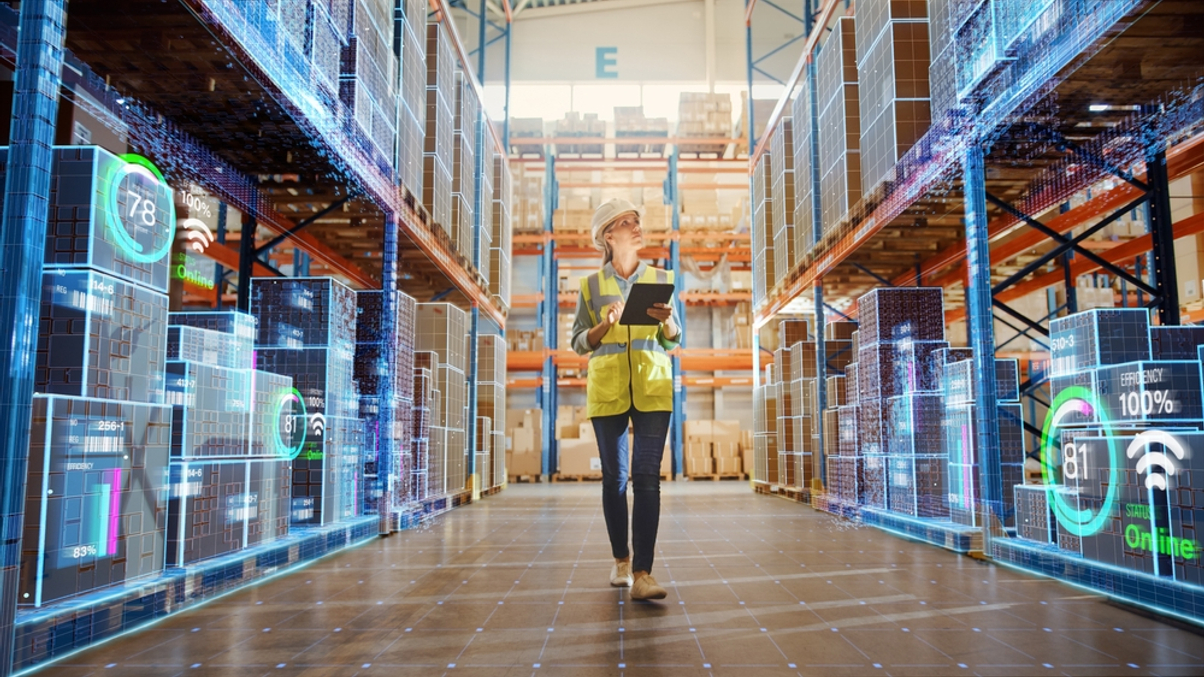Why APAC logistics holds strong appeal for institutions
The warehousing and logistics sectors have undergone significant transformation driven by the rise of e-commerce, throwing up new and evolving opportunities for institutional investors.

The pandemic-era boost to e-commerce has significantly driven industrial demand for distribution facilities, warehousing and logistics, according to the Global Outsourcing of Warehousing Report by global commercial real estate investment firm CBRE.
Sign In to Your Account
Access Exclusive AsianInvestor Content!
Please sign in to your subscription to unlock full access to our premium AI resources.
Free Registration & 7-Day Trial
Register now to enjoy a 7-day free trial—no registration fees required. Click the link to get started.
Note: This free trial is a one-time offer.
¬ Haymarket Media Limited. All rights reserved.


